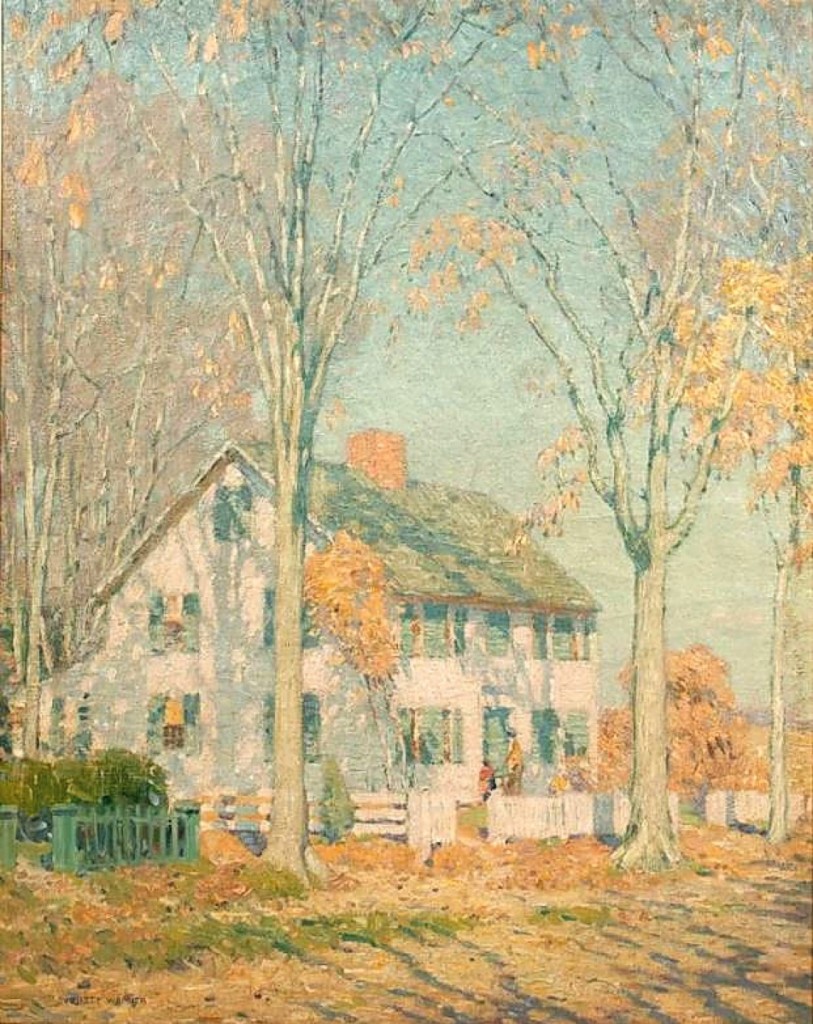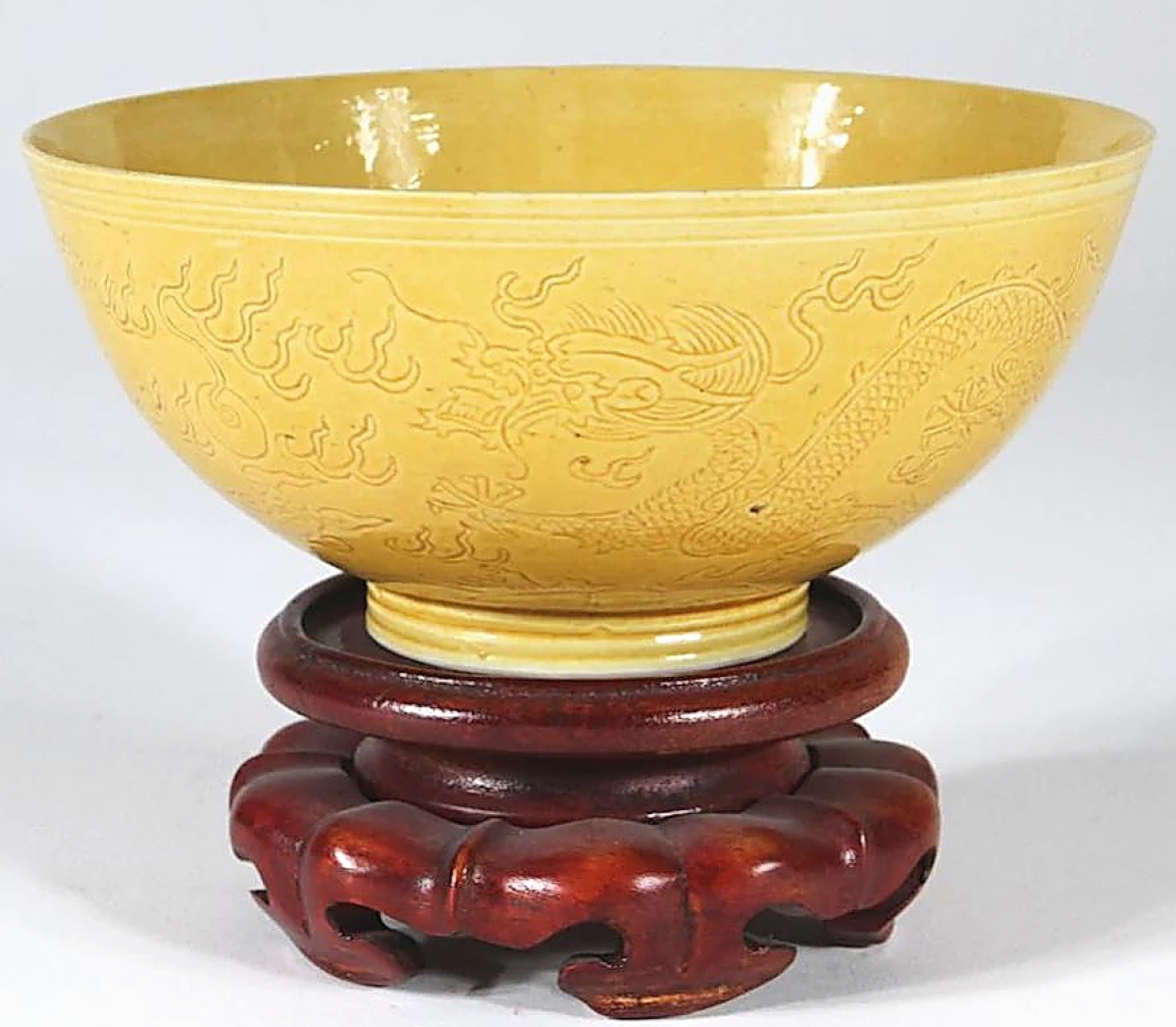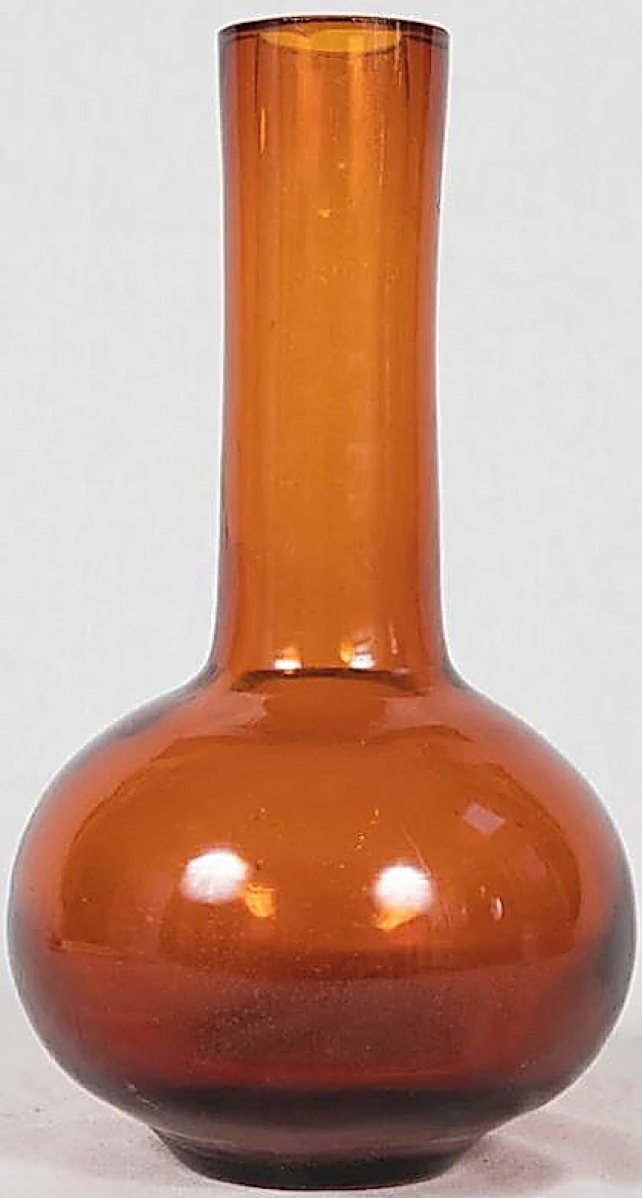
A nice example from American artist Al Held was found in this acrylic on canvas, 25½ by 25½ inches, that sold for $152,500. The 1971 painting led both the entire sale and the Faxon collection.
Review by Greg Smith, Photos Courtesy DuMouchelles
DETROIT, MICH. – DuMouchelles hosted a two-day sale December 17-18, with about half of its 731 lots hailing from the estate of Jack Faxon, a Birmingham, Mich., collector and state Senator who was responsible for the creation of the Michigan Council for the Arts, as well as initiating state grant funding for the Detroit Institute of Arts in the 1970s. Faxon was not only an observer and proponent of the arts, but a visual and performing artist himself. He was a lifelong devotee to education, serving as headmaster to schools both before and after his political life.
DuMouchelles owner Joan Walker said that Faxon was a regular at the auction house preview since at least the 1950s.
“He was a customer for years and years and years, he went back with us so far,” Walker said. “Jack attended just about every auction we had. If he didn’t attend, he would preview and then bid by phone. He always used to talk about my father, Joseph Norman DuMouchelles, who began the gallery in 1927 and died in 1957.”

A piece of Detroit history was found in this platinum brooch with diamonds and rubies featuring the emblem of the Fisher Body Coach. It was given to Bertha “Sally” Meyers Fisher by her husband, Frederick J. Fisher, one of the company’s founders. General Motors bought a controlling interest in the company about 11 years after it released its first enclosed-coupe for the burgeoning automobile industry. The brooch was a leader in the sale when it sold for $67,100 to a Detroit buyer.
The auction would go about 88 percent sold, led by a $152,500 result for a 25½-by-25½-inch acrylic on canvas painting by Al Held (American, 1928-2005) from Faxon’s collection. While Held exhibited at many major American abstract expressionism shows in the 1960s, he considered himself more of a spatial artist concerned with hard edges, structure and illusionism, attributes that the present work exemplifies quite well. The 1971 work titled “MO-T6” featured a label from the Donald Morris Gallery in Detroit.
Still from Faxon’s collection was an Henri Matisse (French, 1869-1954) etching, “Figure Au Visage Coupe Assise Dans Un Interieur,” which went out at $27,450. “Moonlight – Utah,” a 24-by-32-inch casein on canvas from John Ferren (American, 1905-1970) sold for $10,370.
Faxon had an eye for Chinese furniture and porcelain as well as American glass lamps. In the latter category was a Tiffany Studios 16-inch diameter leaded glass shade in the “Colonial Pattern” that lit up for $19,520. From the same company was a bronze floor lamp with an artichoke motif base and gold Favrile glass shade that measured 10 inches diameter, which went on to bring $6,710. A stained and painted glass window measuring 70 by 56 inches with double-hinged doors and a painted rose motif, sold well above the $400 high estimate to bring $14,640.

From Faxon’s collection came this etching by Henri Matisse, “Figure Au Visage Coupe Assise Dans Un Interieur,” which went out at $27,450.
In Chinese furniture, Faxon supplied a rather austere corner leg table from the Qing dynasty, $22,860, and a pair of huanghuali stools from the early Qing dynasty that sold for $9,760. He had acquired them both from Sotheby’s in 1972 when the auction house sold the collection of Frederick T. Fuller. His Chinese porcelain collection was well received. An oxblood bowl with Qianlong seal, only 2½ inches high, went on to bring $9,760. In a robin’s egg blue glaze was a brush pot with character mark to the bottom, 5½ inches high, that sold for $5,795. With an incised atmospheric and dragon motif continuing around the bowl, a yellow-glazed porcelain example with Guangxu mark brought $5,795. In a turquoise monochrome glaze, a bottle neck vase from the Qing dynasty, 14 inches high, sold for $5,490. A Chinese transparent amber glass bottle vase from the Eighteenth Century, Qing dynasty, 10¾ inches high, sold for $3,355.
Without comparison was a Pewabic pottery vase measuring 12 inches diameter that blew past the $600 high estimate to sell for $19,050. The firm described its glaze as “iridescent peacock blue glaze boasting turquoise, oxblood and gun metal mottled tones,” and the result stands among the top five at auction for the pottery.
Outside of Faxon’s collection, the sale brought forth a number of other estates and consignors.

While he was associated with the Lyme Art Colony, Everett Longley Warner would paint one of Old Lyme, Conn.’s, oldest homes, the Noyes-Beckwith House. The art colony, centralized at the Florence Griswold House, was erected on the site that the home was originally built on and moved from in 1816. The auction house noted that the home was owned in the 1870s by Morrison Remick Waite, Chief Justice of the US Supreme Court, and that one of his frequent summer visitors was President Rutherford Hayes. The 39-by-31-inch oil on canvas sold for $27,450.
An emblematic piece of Detroit history sold for $67,100 with a “Fisher Body Coach” brooch set in platinum with diamonds and rubies. Fisher Body was a coachbuilder founded in Detroit in 1908, just as the automobile began booming in the United States. Their enclosed-body coupes were soon being produced for Cadillac, Buick and Oldsmobile before a controlling interest of the company was purchased by General Motors in 1919. The custom-made brooch originally belonged to Bertha “Sally” Meyers Fisher, wife of Frederick J. Fisher, one of the company’s founders. Joan Walker said she had about eight phone lines on it and it ultimately sold to a Detroit buyer.
Selling for $27,450 was an oil on canvas by Everett Longley Warner (1877-1963) titled “October Sunshine.” The 39-by-31-inch oil on canvas centers on the Noyes-Beckwith House, a historic colonial in Old Lyme, Conn., built between 1700 and 1712, making it one of the oldest houses in that town. The home was moved from its original site in 1816 and the Florence Griswold Museum currently stands on its original lot. The work was completed between 1910 and 1912 and was, according to the artist’s son, included in a traveling exhibition on the artist soon thereafter. It is in the exhibition’s Toledo, Ohio, stop that it likely sold, purchased by William Milner, president of Milner and Co., Toledo, Ohio, and later president of Crowley & Milner, Detroit, Mich. It was loaned to the Toledo Museum of Art in 1914 before Milner gave it to his vice president, Joseph Crowley, in the same year, and it descended in the family since.
Pick ups were rolling in during the run-up to Christmas, Walker said, as successful bidders from around the world were eager to retrieve their purchases. She said the sale, bid entirely by online, phone and absentee, was a resounding success.
For additional information, www.dumoart.com or 313-963-6255.






















